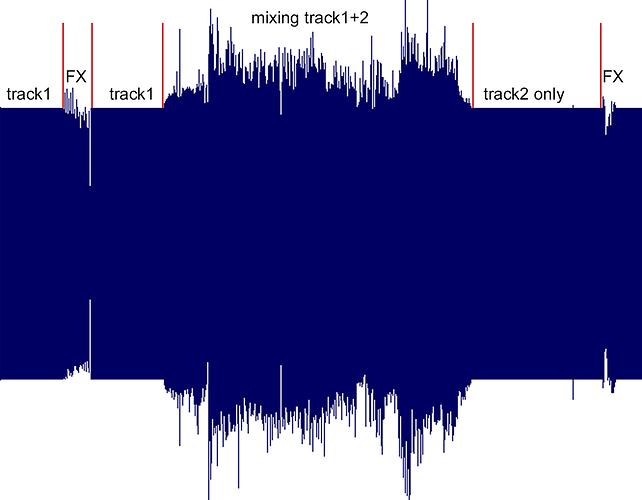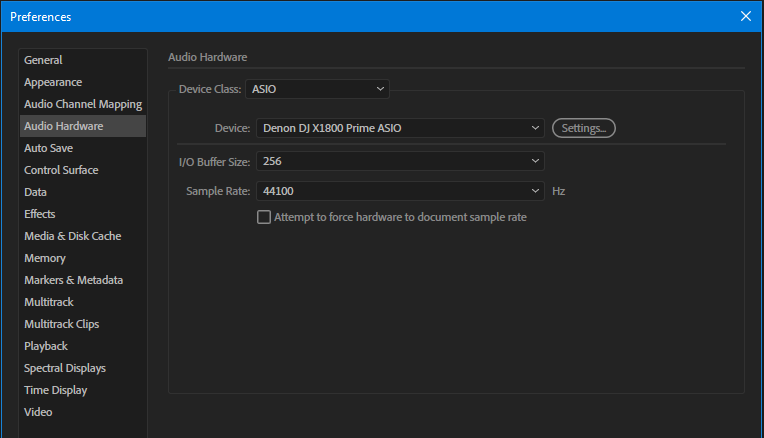Hello All. I purchased the X1800 and the SC5000 on Q1 2018 from Sweetwater store here in US and all been working great. I have couple of questions that cannot find in the manual.
1, I use Digital link SPDIF from SC5000 Deck A and B going to port1 and 2 in DIgital IN in the mixer. Yes, I do have output and all works fine. My only concern is that in order to not pass 0dB in LED bar for channel1 having the chanel fader (slider) all the way up, I have to keep the triming level pot on that channel at the minimum (7 oclock). It gives me the impression that the SPDIF signal is strong.
Question: Is there a way to attenuate this signal in SC5000 so I can keep the LEVEL pot at around (11 to 12 o’clock)?
Has anyone notices this? I have to have tracks recorded at maybe -6dB max so I can play them ok and keep the trip LEVEL pot at ~11o’clock, and yes, it sounds better that way.
I have to do at least a -3dB on all my tracks so I can be on this range and I’m not sure why it has to be like this.
- Trying to play direct from a PC USB attached to X1800 produces no sound at all on output. I do see the X1800 as a playback device and configured to send sound there. I do see the bars moving on windows 8.1 PC and the driver loaded is from Denon version 7.0.0.3501 dated 4/17/2017
On mixer I wanted to playback on channel 4 so I switched the rotary selector to USB and selected USB1 with the switch on top and the USB cable is plugged to USB1 port on Mixer. There is no signal at all coming on that channel regardles of LEVEL and fader position. Am I doing something wrong? Does this mixer allow for playback via USB cable?
Thanks,



